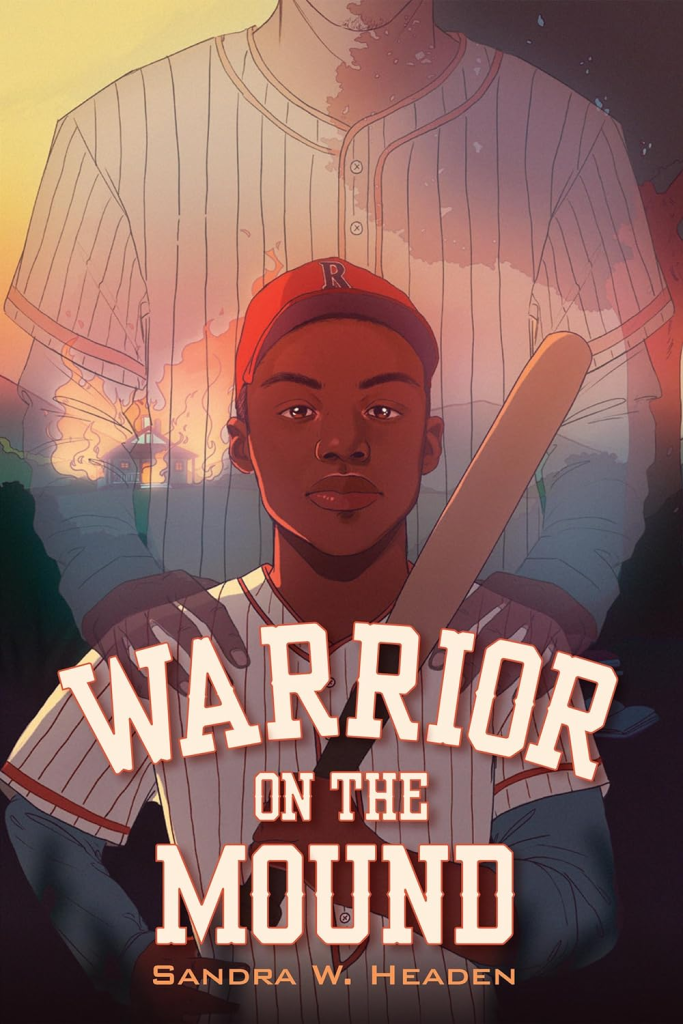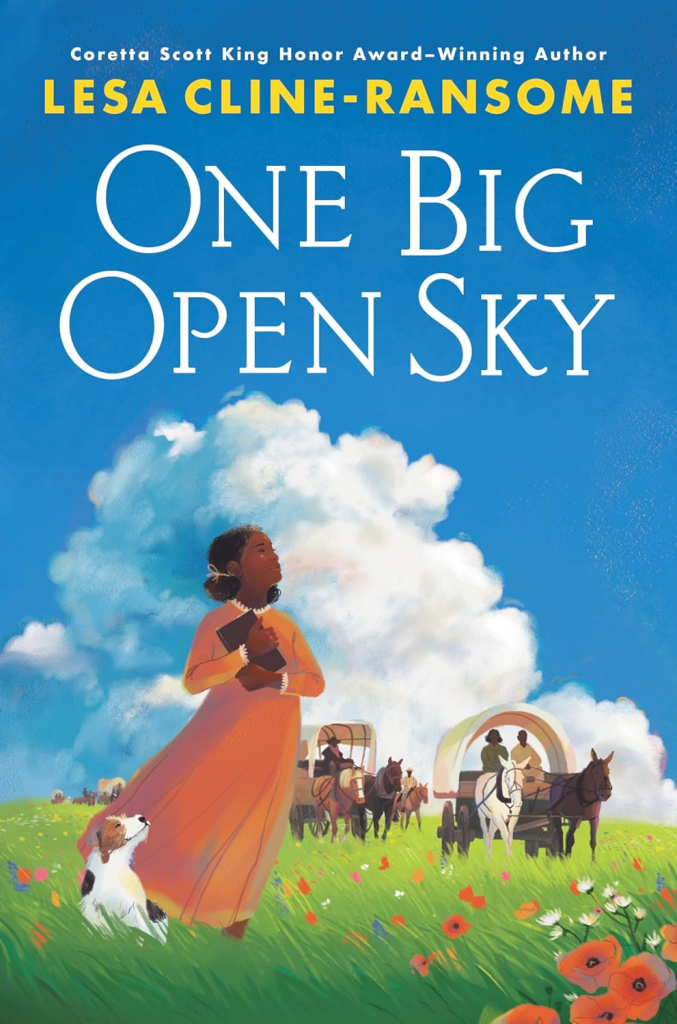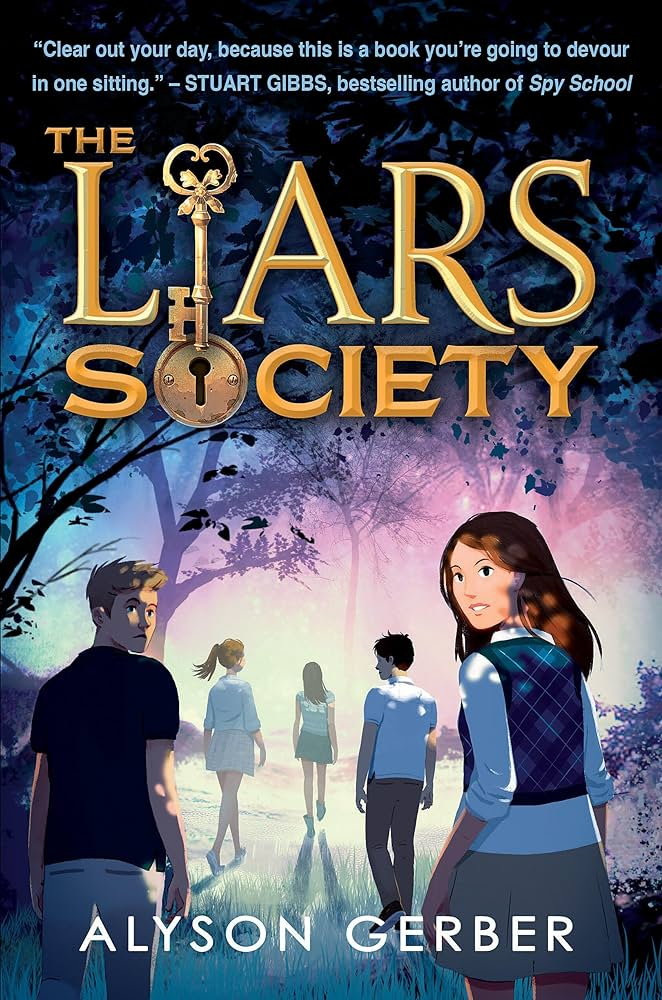Warrior on the Mound by Sandra W. Headen (Holiday House, 272 pages, grades 4-7). Cato loves baseball more than just about anything and aspires to join the Negro Leagues like his father, Daddy Mo, and his older brother Isaac. Daddy Mo died suddenly four years ago, and Cato is being raised by his grandparents, who have never told him the circumstances around his dad’s death. When white store owner Luke Blackburn builds a new baseball field for his son’s team, Cato and his friends sneak over to try it out themselves. When they’re caught, it’s the beginning of a chain of events that results in not only a baseball game between Cato’s team and the white team, but the revelation of Daddy Mo’s death, his friendship with Luke, and the guilt Luke carries about his role in the murder.
In the middle of all this, Isaac is brought home bloodied and unconscious, having been beaten as he tried to travel home during a break in the baseball season. As Isaac slowly recovers, he coaches Cato, not only in the finer points of baseball, but in surviving as a young Black man in the Jim Crow south of the 1930’s. There’s plenty of back matter to add historical context to this story, and readers will enjoy both the sports action and the history lessons. I did question if a friendship like Daddy Mo’s and Luke’s would have really survived to adulthood in that environment, but I’d like to think that it was possible.
One Big Open Sky by Lesa Cline-Ransome (Holiday House, 304 pages, grades 4-7). Just as I was finishing reading Warrior on the Mound, this book arrived for me at the library. It’s a novel in verse told by three female narrators: 11-year-old Lettie; her mother, Sylvia; and 18-year-old Philomena, an orphan with plans to be a teacher. They’re all traveling west, along with Lettie’s dad, who hopes to find a better life in Nebraska than the one they have in Mississippi. I know I would enjoy this book, but the font was tiny, and then I got distracted by another action-packed book.
And what was that book? I was looking through the most recent Scholastic flyer, and this book caught my eye: The Liars Society by Alyson Gerber (Scholastic, 304 pages, grades 4-7). Much of what is in Scholastic these days is pretty much trash, even in my low brow opinion, but this looked good, and I’ve enjoyed other books by Alyson Gerber. This one is a series opener featuring Weatherby and Jack, who take turns narrating the story. They meet at a sailing regatta, which Weatherby wins, gaining her a surprise scholarship to the prestigious Boston School, a private academy where her dad went and was part of the sailing team.
Weatherby has never met her dad, and as she gets involved with Boston and starts to learn more about her classmates, she begins to suspect that her mom has not been completely honest with her about her father. There’s a web of deception surrounding the school, and Weatherby is no exception. When she and her friends get recruited to join a powerful secret society, some of the lies begin to come to light. The twist at the end reveals an unexpected connection between Jack and Weatherby and leaves plenty of loose ends to investigate in book 2.
This book is a lot less likely to receive starred reviews or awards than One Big Open Sky, but it was a lot of fun! I did think Weatherby’s guilty secret was pretty lame, but she seemed tortured enough about it, and it got her admission into the Liars Society. It’s a promising opening for a series, with plenty of kid appeal for upper elementary and middle school readers.












